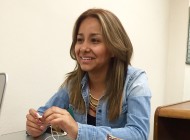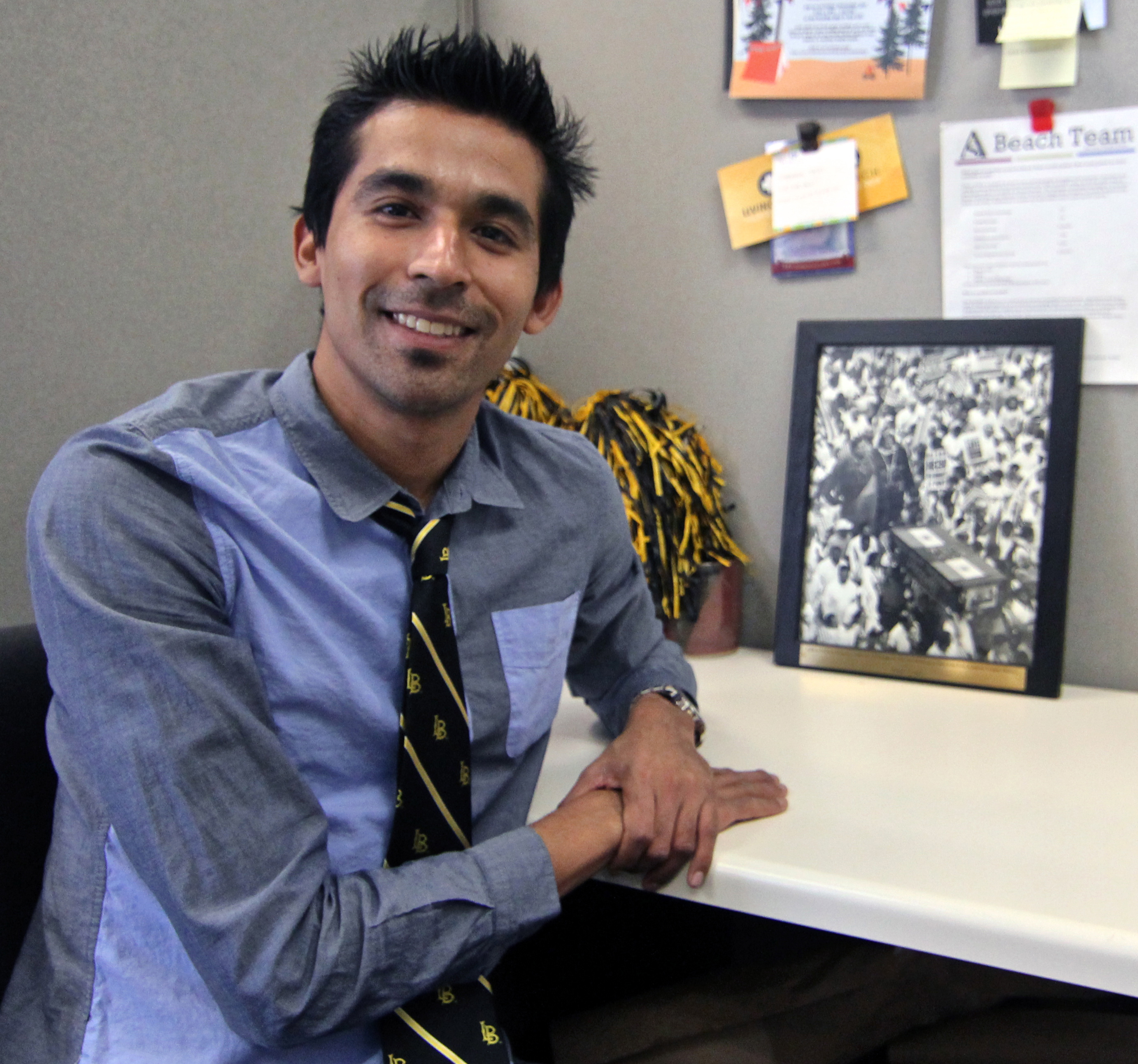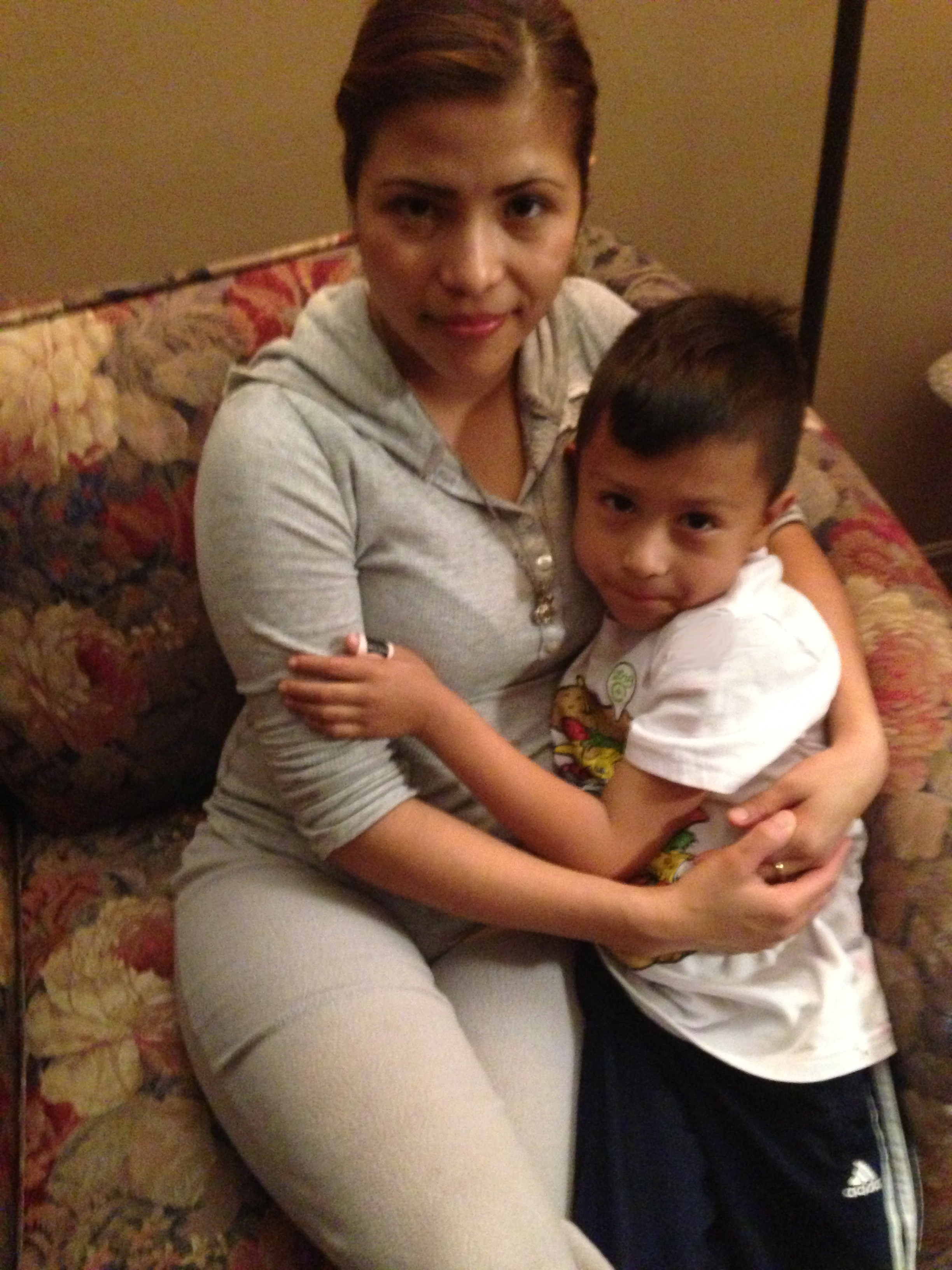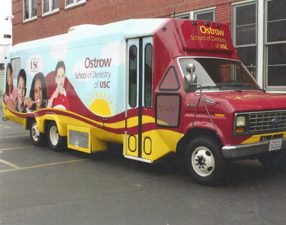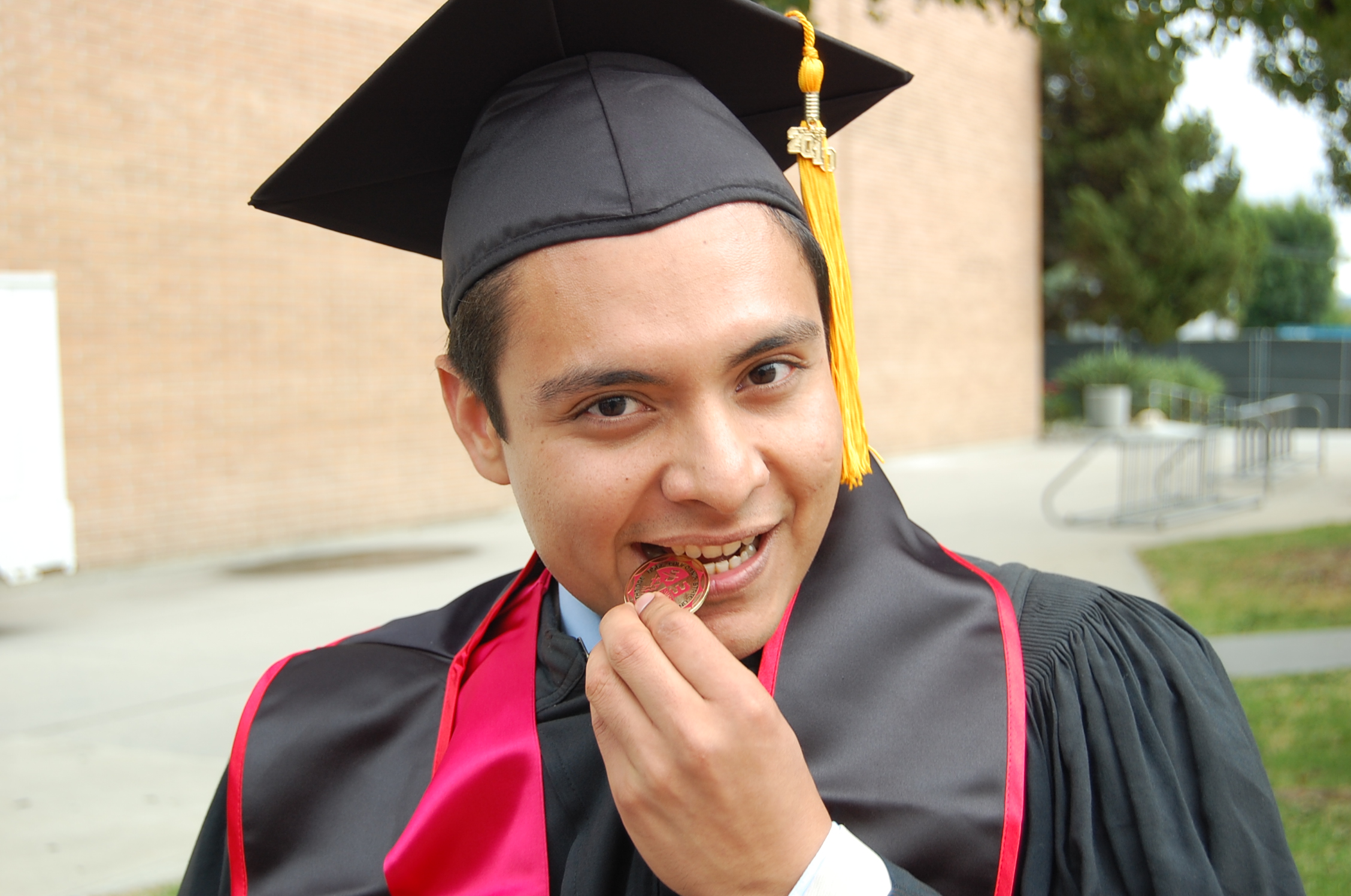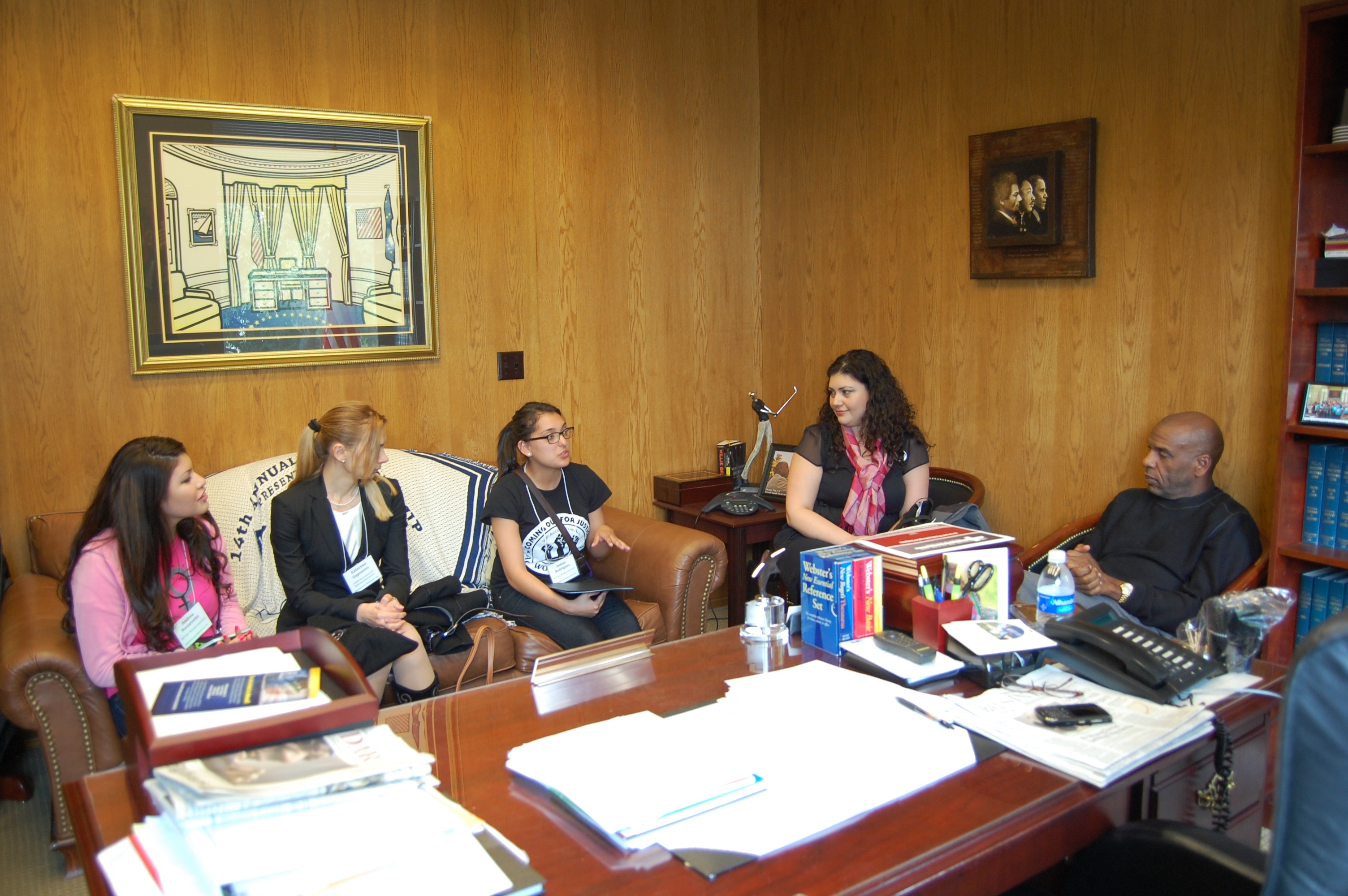Each step counts in making a difference in a child’s education and Dream provides a quality education to children in the rural areas of the Dominican Republic.

With 2.6 million children of primary school-going age not enrolled in 2006, Latin America and the Caribbean accounted for 3.5% of the world's out-of-school children. Marina D. Sandoval/El Nuevo Sol
By Marina D. Sandoval
EL NUEVO SOL
The structure of the educational system in the Dominican Republic has been through a few changes over the past two and a half decades.
In 1985 three years of non-compulsory preschool was required followed by six years in primary school and six years in middle school which was divided into two years of intermediate education and four years of secondary school. Students who were able to reach that point then were able to receive their high school degree (bachillerato) and they then could continue on to the Dominican universities.
As simple as this structure was the emended educational structure is now more complicated. Out of the first three years of non-compulsory school, one year has become compulsory in addition to the nine years of basic primary school. This change extends schooling by four years but the middle school has been reduced to only three years and is now non-compulsory. According to Save the Children in the Dominican Republic only 50 percent of those children that enroll in primary education complete the first four years; 22 percent finish the full eight-year program of primary education, and 10 percent finish the second level middle school.
In addition to the educational system being unstable the economic system is highly effective in the decisions of families not being able to send their children to school or from allowing them to attend, in order to have their children work and contribute to the family. 85 percent of poor Dominican parents have never completed primary education and “according to a cohort analysis, of 100 children entering formal education, only 75 complete grade 4, 63 complete grade 6 and only 52 complete the 8 year primary level. This situation is even worse in the rural areas where most schools stop at grade 5 (UNESCO).”
View Schools throughout the Dominican Republic in a larger map
Tags: Ani Yanachkova Caribbean children Education Illiteracy Latin America Marina D. Sandoval non-profit The Dominican Republic The Dream Project UNESCO UNICEF








